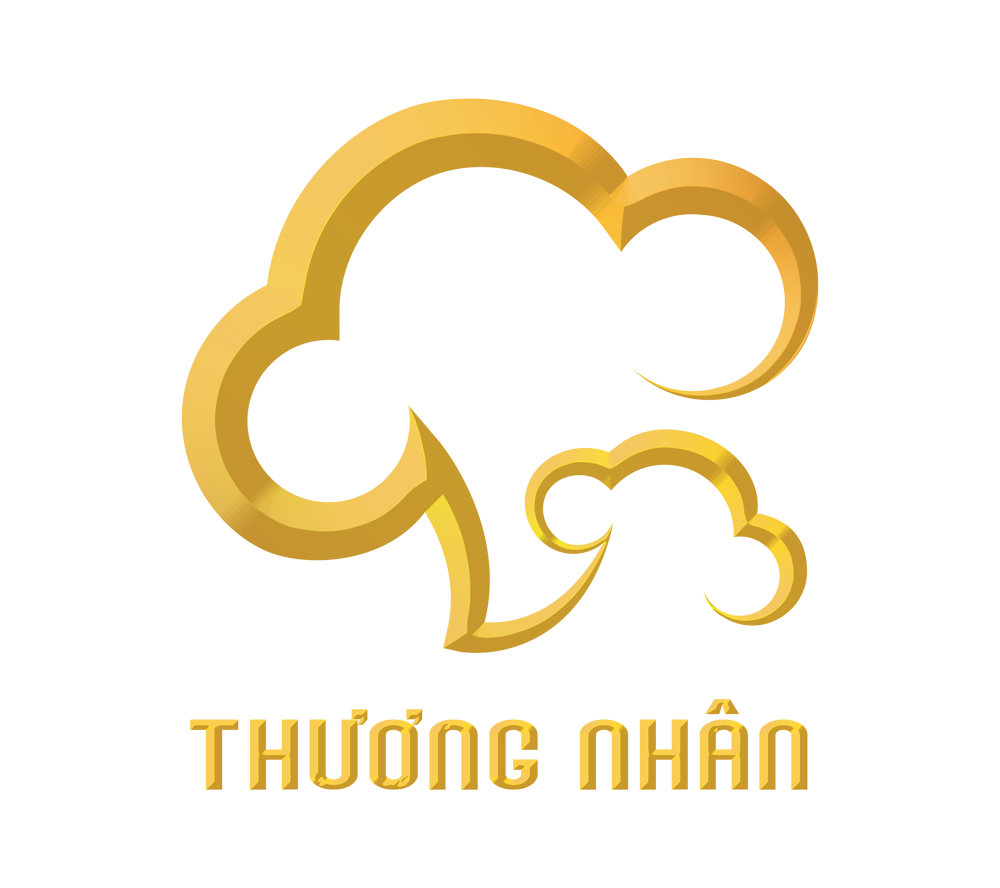mytranssexualdate-inceleme visitors
This new four chromosomes based in the LD scan and presented inversion-typical models throughout the PCA (Fig
Principle role analyses
1b, d, f, h, idea parts loadings: Even more file step one: Data S2–S5). The 3 autosomal inversions had a couple main homozygote haplotype groups (toward heterozygous some one among) in addition to gender chromosome divided into about three chief homozygote haplotype groups (on heterozygous people in the middle). This new groups was basically well defined toward autosomes however, to your chromosome TguZ the least preferred haplotype (haplotype C when you look at the Fig. 1h) seemed to make it specific recombination with every of the two other haplotypes, putting some groups a whole lot more diffuse. Yet not, the reasonable average heterozygosity inside for each and every team away from homozygotes compared to help you heterozygotes (Dining table dos) and you may average-joining systems (using Circle v4.6.step 1.1 having practical settings ) toward phased SNP analysis from the inversion breakpoint (playing with Beagle v3.step three.2 ; A lot more file step 1: Shape S6) next support the interpretation that LD regions portray inversion polymorphisms. It has to additionally be detailed you to chromosomes Tgu5 and TguZ got already been in past times discover cytogenetically to carry pericentric inversions as well as the breakpoints matches correctly toward LD area limitations [forty five, 48–50].
Throughout the latest analyses we do not know with confidence and therefore arrangement was ancestral therefore we therefore identity her or him predicated on their allele frequency (A beneficial = major haplotype, B = slight haplotype, C = least well-known haplotype on chromosome TguZ; Fig. 1b, d, f, h; Table dos) https://datingranking.net/tr/mytranssexualdate-inceleme/. The big alleles of the many four inversion polymorphisms presented amazingly equivalent frequencies ranging anywhere between 0.53 and you will 0.60 (Table dos). Toward chromosome TguZ, at least common allele (haplotype C) is unusual (frequency 0.074; Desk dos). Most of the inversion polymorphisms had been during the Sturdy–Weinberg balance (HWE; Dining table 2) and there was no LD between them, and thus it separate on their own (Additional document 2: Table S1).
Pooled heterozygosity and you can minor allele counts at the inversion breakpoints
We calculated pooled heterozygosity (ZHp) in 50-kb non-overlapping sliding windows along each chromosome (Fig. 2a). Low values of ZHp are indicative of regions with a high degree of fixation, for example, due to positive selection ; high values of ZHp are expected, for example, in regions of local population structure (like inversions) or under balancing selection . We found pronounced peaks in ZHp at the presumed breakpoints of the inversions on chromosomes Tgu5, Tgu11, and Tgu13, whereas ZHp dropped to almost genome-wide average values in the interior of the inversions. Chromosome Tgu11 had only one such peak, suggesting that the proximal breakpoint is missing in the current genome assembly. Diversity (SNPs per site in a 50-kb window; Additional file 1: Figure S7) was slightly reduced at the presumed breakpoints of every inversion compared to the inversion’s interior (mean SNPs per site ± standard deviation at breakpoints versus interior of 0.017 ± 0.005 versus 0.020 ± 0.005 for Tgu5, 0.0057 ± 0.0036 versus 0.018 ± 0.004 for Tgu11, and 0.016 ± 0.006 versus 0.022 ± 0.004 for Tgu13; 0.021 ± 0.007 collinear autosomal genome-wide average SNPs per site). On chromosome TguZ, the entire inversion interior had high ZHp values, which only dropped to the genome-wide average outside the inverted region. Further, diversity on TguZ was markedly reduced all along the inverted region, including the presumed breakpoints, and increased to the genome-wide average only outside the inversion (0.0021 ± 0.0015 versus 0.022 ± 0.009, respectively).
a Pooled heterozygosity (ZHp) in 50-kb windows along each chromosome in the zebra finch genome. b–e For the highlighted areas in a, which are the presumed inversion breakpoints on the autosomes and the entire inversion interior on the sex chromosome, the minor allele count frequency (MAC) spectra are shown for chromosome Tgu5 with a local maximum at 0.34–0.36 and a frequency of the minor (B) haplotype in the sample of 0.35 (b), Tgu11 with a local maximum at 0.48–0.50 and a frequency of minor (B) haplotype in the sample of 0.47 (c), Tgu13 with a local maximum at 0.48–0.50 and a frequency of minor (B) haplotype in the sample of 0.50 (d), and TguZ with two local maxima at 0.28–0.30 and 0.42–0.44 and a frequency of the B haplotype in the sample of 0.30 and frequency of the major (A) haplotype in the sample of 0.63 (e). f For comparison, the MAC of all remaining SNPs peaks at an allele frequency of around 0.1 because SNPs with a lower frequency were not unambiguously called
